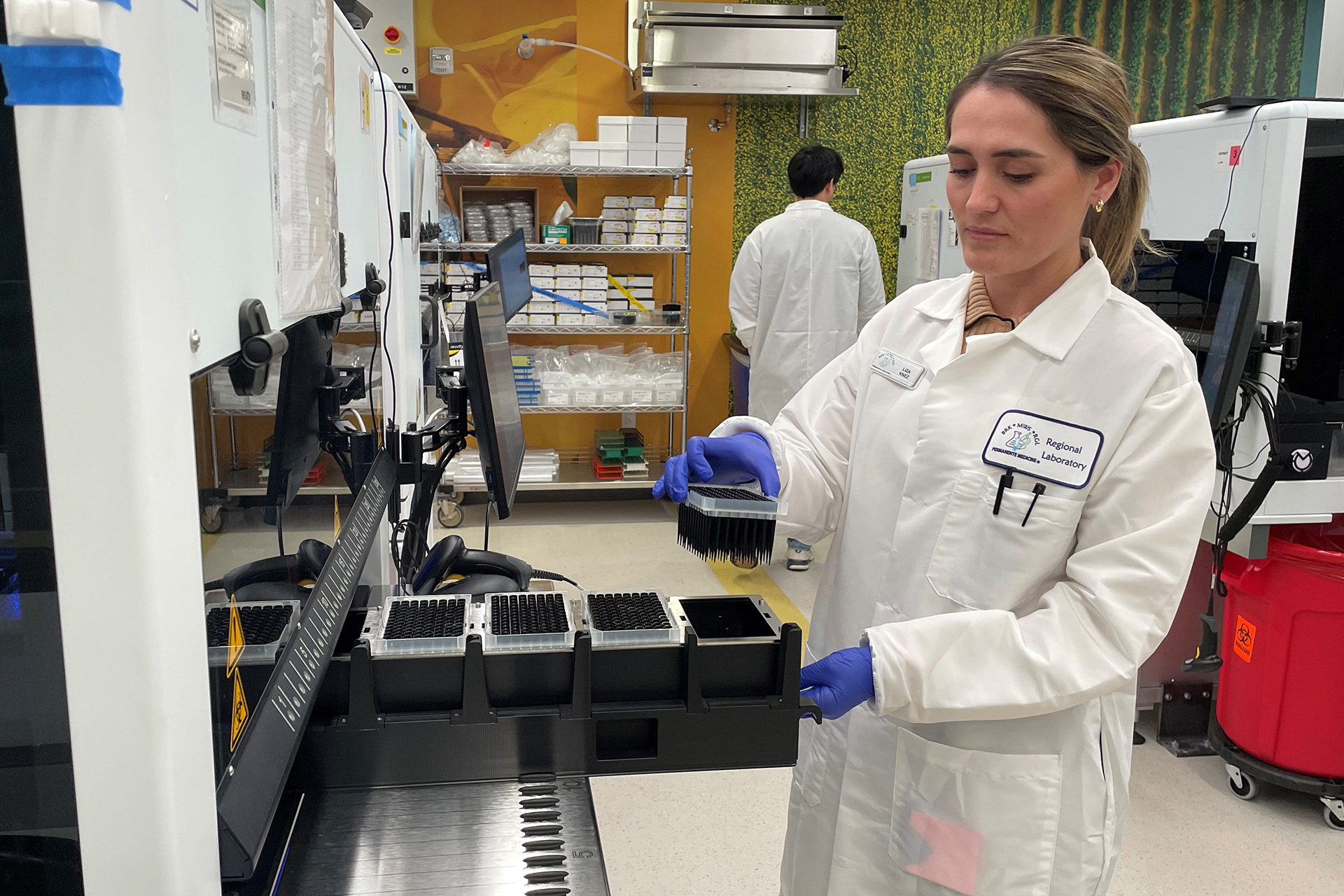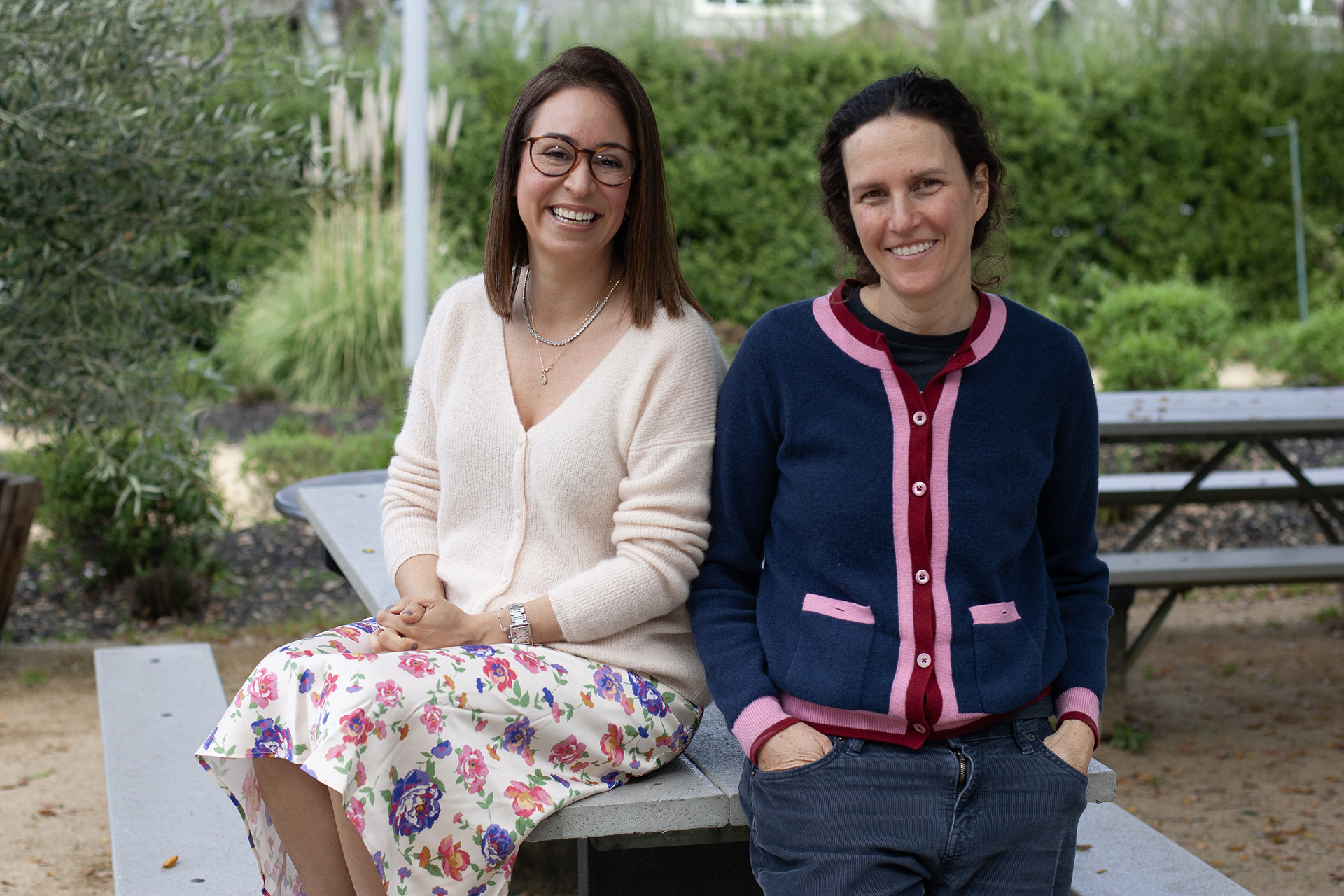Learn about the hepatitis C virus (HCV) that affects the liver and its treatment that’s considered a medical breakthrough.
According to the Centers for Disease Control (CDC), about 3.5 million people in the U.S. are currently believed to be infected with hepatitis C. The virus is spread when blood from an infected person enters the body of someone who is not infected. Today, most people become infected with the hepatitis C virus by sharing infected needles.
It can sometimes be a silent disease: The virus can live in the body for a long time — sometimes 40 years or more — without causing any symptoms.
Look insideKP Northern California sat down with Suk Seo, MD, clinical lead of hepatitis C at Kaiser Permanente Northern California to learn more about this disease and its treatment.
What is hep C?
It’s a highly contagious virus that infects the liver. About 50% to 60% of people with chronic hepatitis C eventually develop clinically significant liver disease. The virus can cause the liver to become inflamed, which causes damage such as fibrosis (scarring) or cirrhosis (severe scarring).
Who is most at risk and why?
The CDC estimates that approximately 75% of people living with hepatitis C were born during 1945 to 1965, a generation referred to as “baby boomers.” They may have been infected in the 1970s and 1980s when rates of hepatitis C were the highest and blood was not yet screened for the virus. Since hepatitis C typically damages the liver very slowly, and many infected people do not have symptoms, both the CDC and the U.S. Preventive Services Task Force recommend one-time hepatitis C screening for all baby boomers even if they do not have any other risk factors or symptoms. Kaiser Permanente Northern California has been expanding screening efforts to serve this population, and currently over 70% of all baby boomer members have been screened.
How can you screen for it?
Up until the early 1990s, we didn’t have a good way to screen for hepatitis C. Now, it’s just a simple blood test that will show if you have the antibodies to hepatitis C. Antibodies in your blood mean that you were exposed to hepatitis C at some point in your life; some people are able to clear the virus without any treatment. But if your antibody test is positive, your blood must be tested again to see if you have the virus.
At Kaiser Permanente Northern California, patients whose blood shows evidence of hepatitis C exposure get re-tested for actual hepatitis C virus on the same blood sample. If the hepatitis C virus is in your blood, you are currently infected and can spread the virus.
What is KP doing to prevent and treat it?
Up to about five years ago, patients with hepatitis C were treated with interferon-based therapy, which is an injection drug, typically over a one-year period. Interferon has harsh side effects and yielded only about 20% to 50% cure rate. We now have highly effective and safe medications, a daily pill, that can cure hepatitis C in about 96% of cases without many side effects. It takes about eight to 12 weeks after starting the medication. It’s truly a medical breakthrough.
Each Kaiser Permanente medical center in Northern Californian has been bringing public awareness around hepatitis C through outreach letters and emails, health fairs, classes, and multilingual clinical education materials. We’ve also developed a system for any baby boomers who have not been screened: Our electronic medical records automatically alert primary care physicians to order the hepatitis C test or remind patients to get tests that are due. We also have dedicated pharmacists and liver experts who review each treatment, so that all patients are offered the right medication at the right time.





This Post Has 4 Comments
Great content! This is exactly the sort of thing I was looking for. Thanks for your help
I thought the World Hepatitis C day is JULY 28th, not June 28th
You are right, Maureen. Our mistake! Thank you.
This article is bittersweet news for me as my father passed from liver cancer that stemmed from Hep C/cirrhosis of the liver in 2005 at only 52 years old. He was a Pastor/Preacher most of my life. I never witnessed him drink or smoke but in his late 40’s all of a sudden there was a fatty liver concern, blood work, etc.and he was diagnosed with Hep C/cirrhosis of the liver in 2005. Each time MD’s would ask about his lifestyle and he’d reply I haven’t drank or used drugs since I was 17. He was born January 14, 1951. This article helps solve the quandary my sisters and I have had all these years. I wish he was here to benefit from this medical breakthrough but nevertheless it is amazing what research and time can provide!